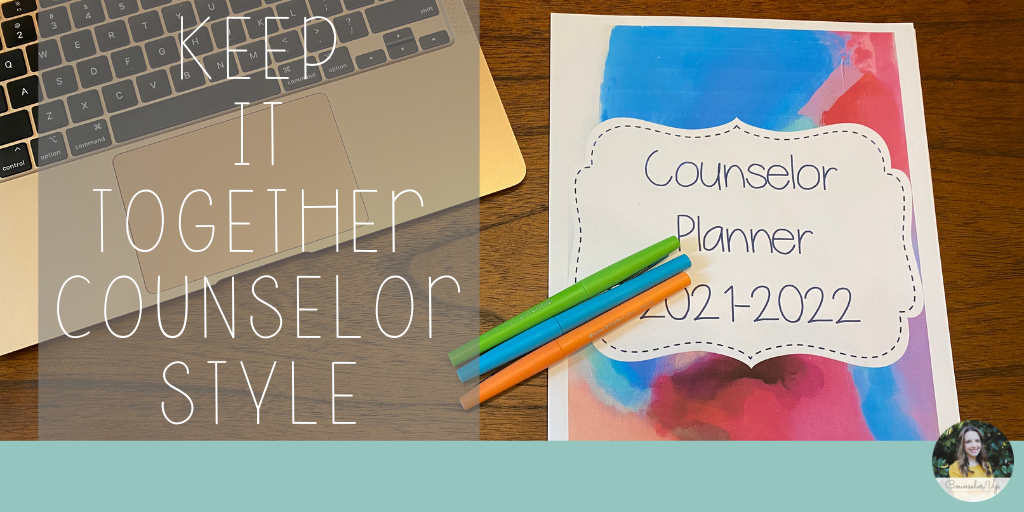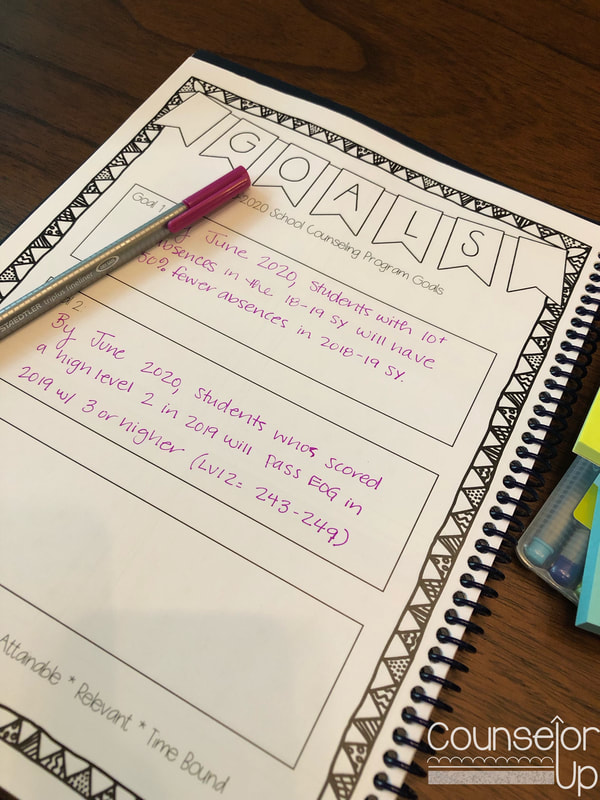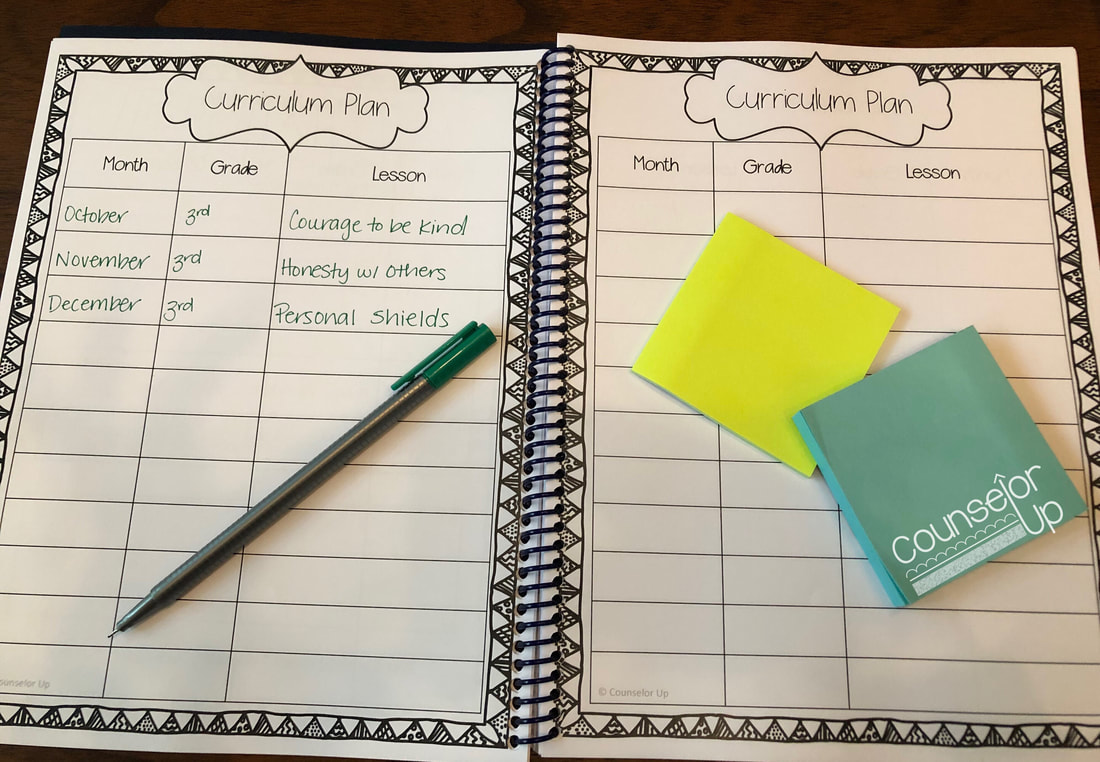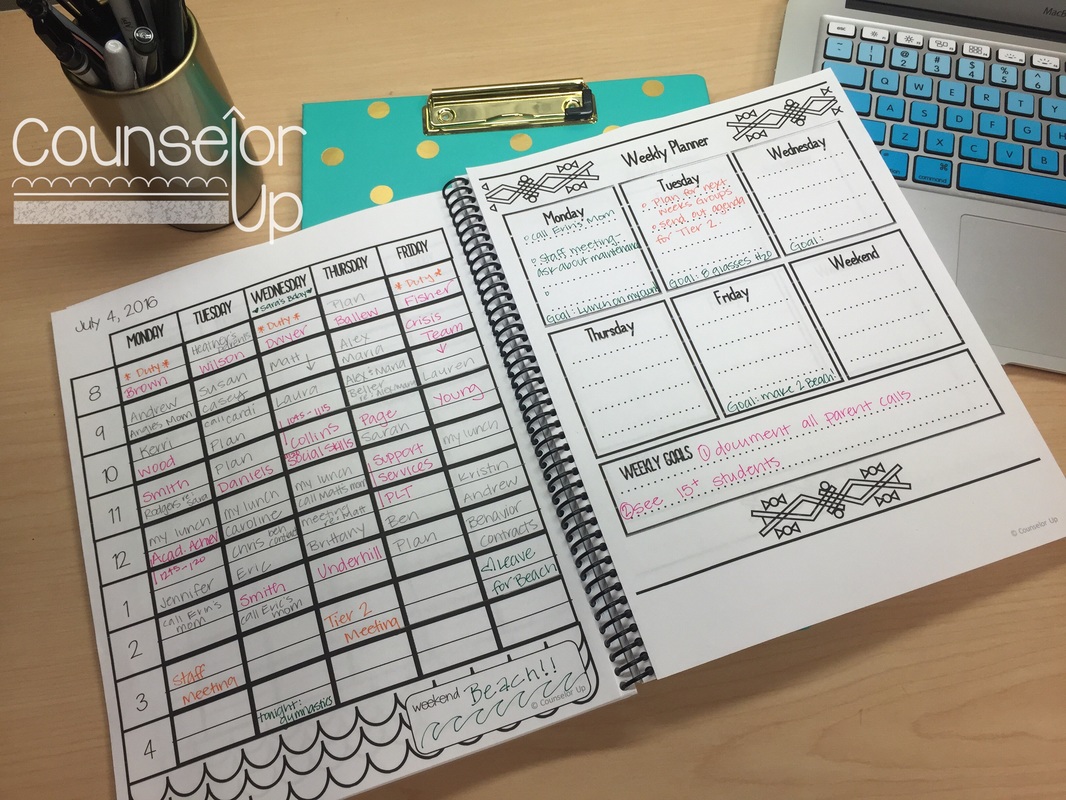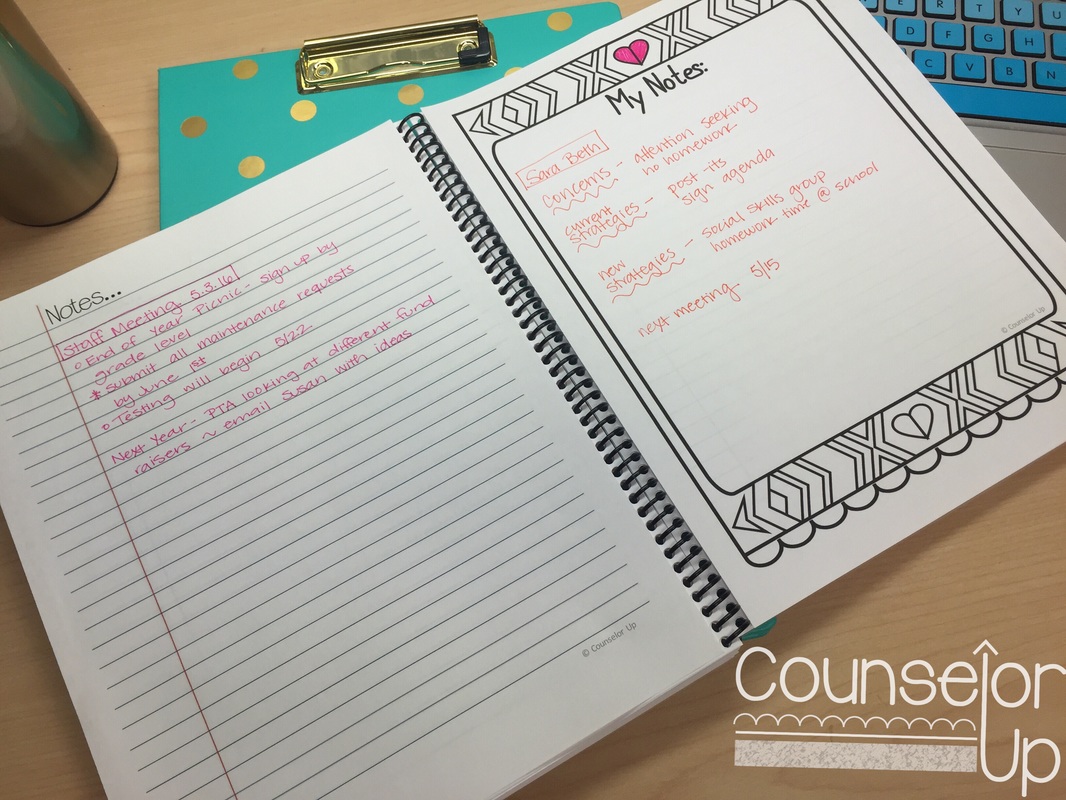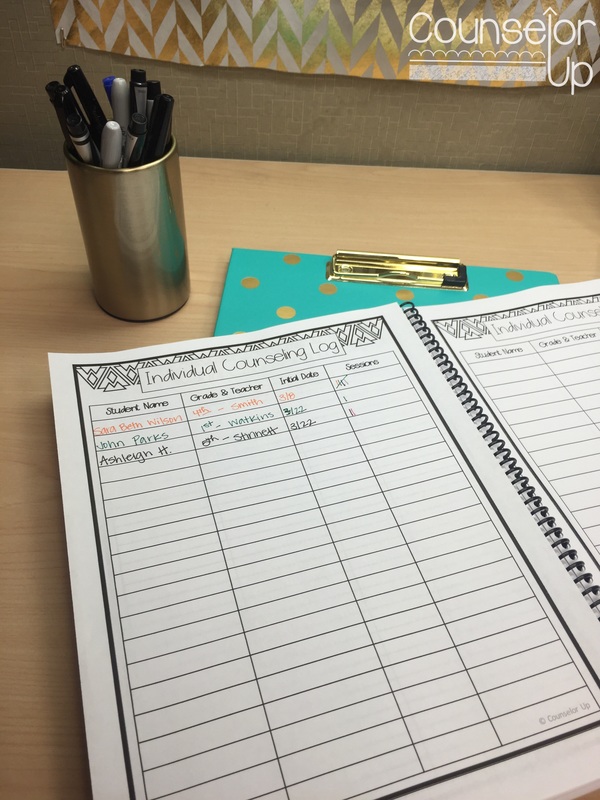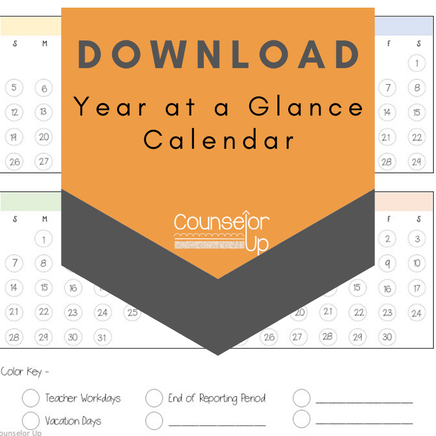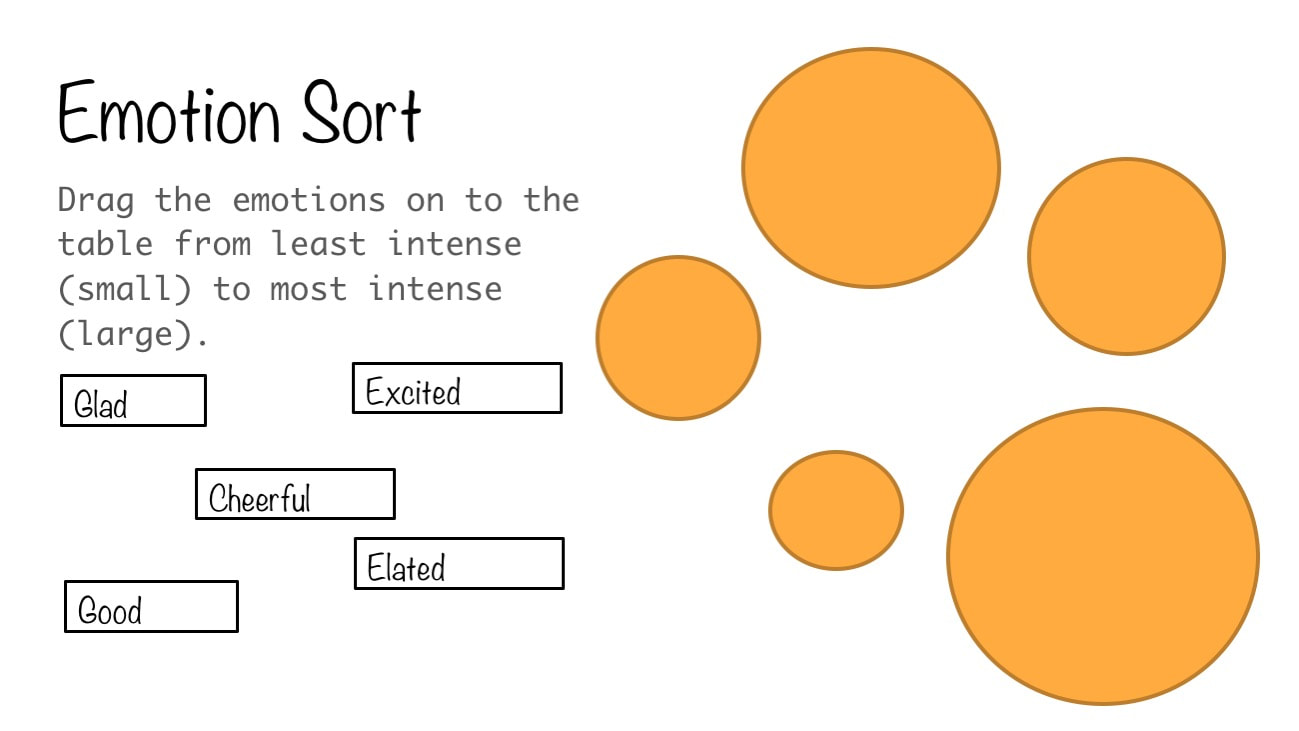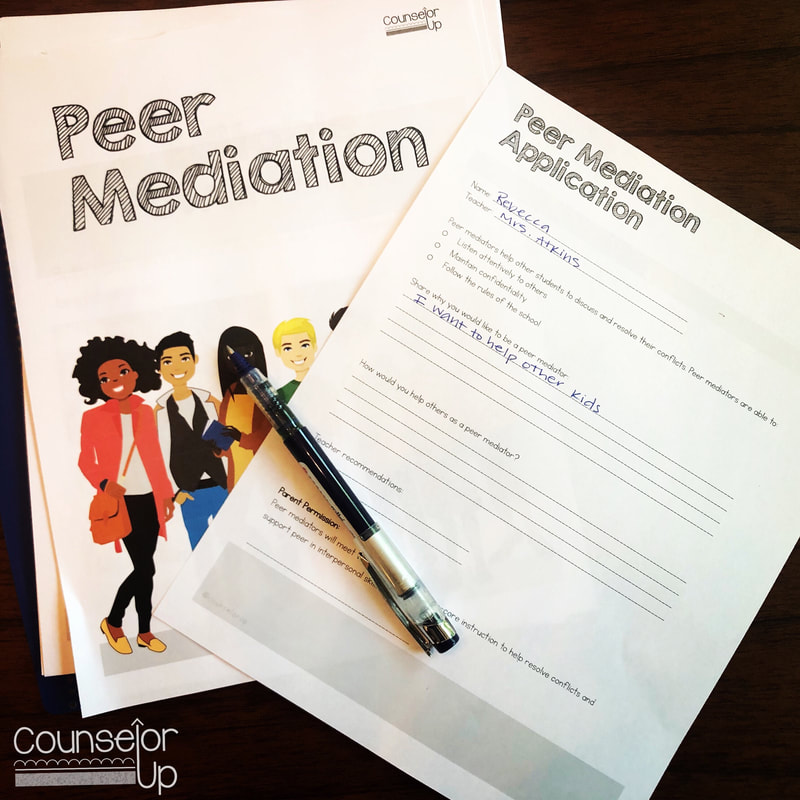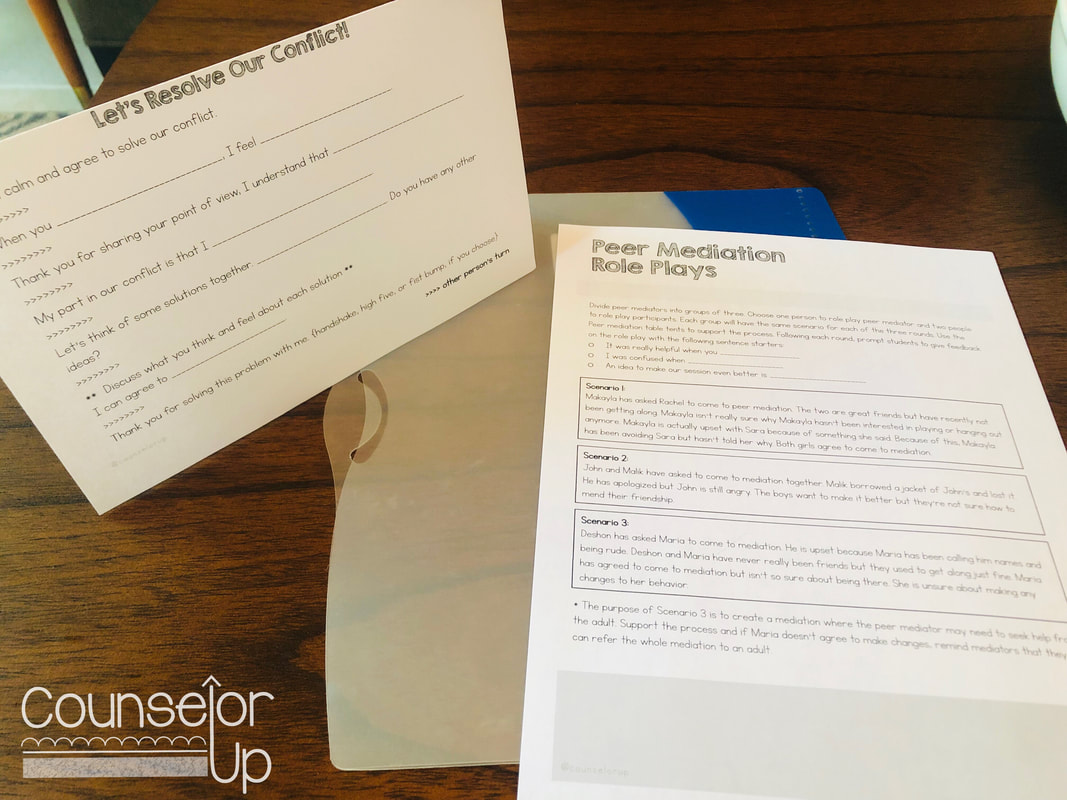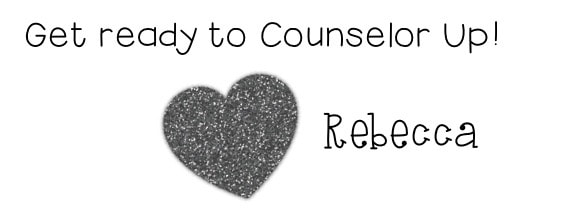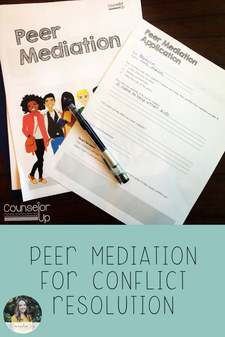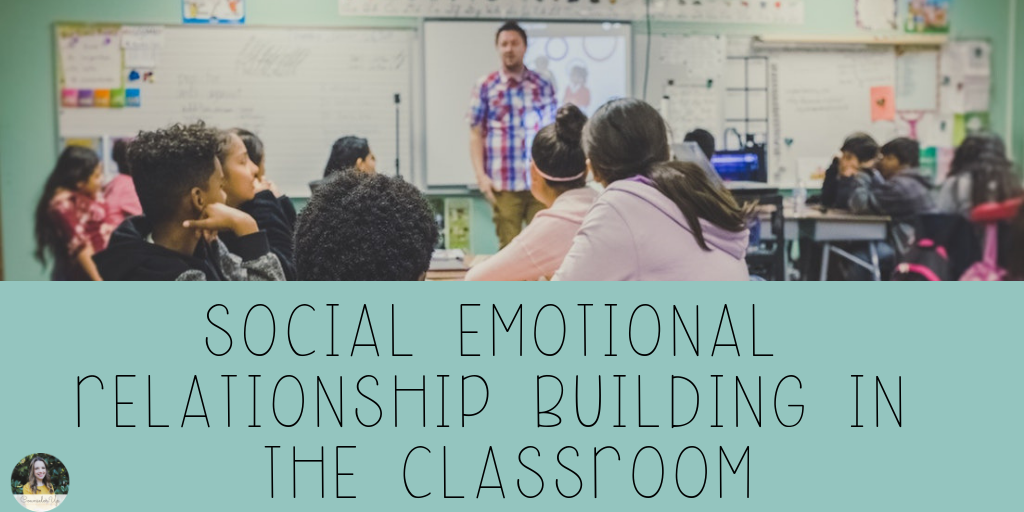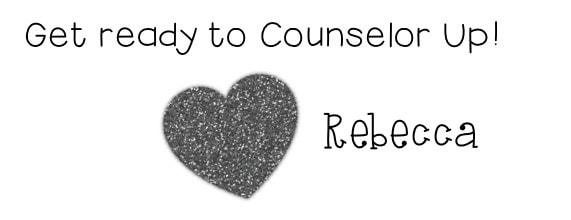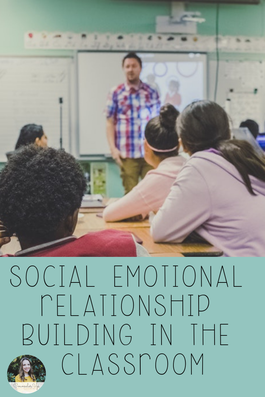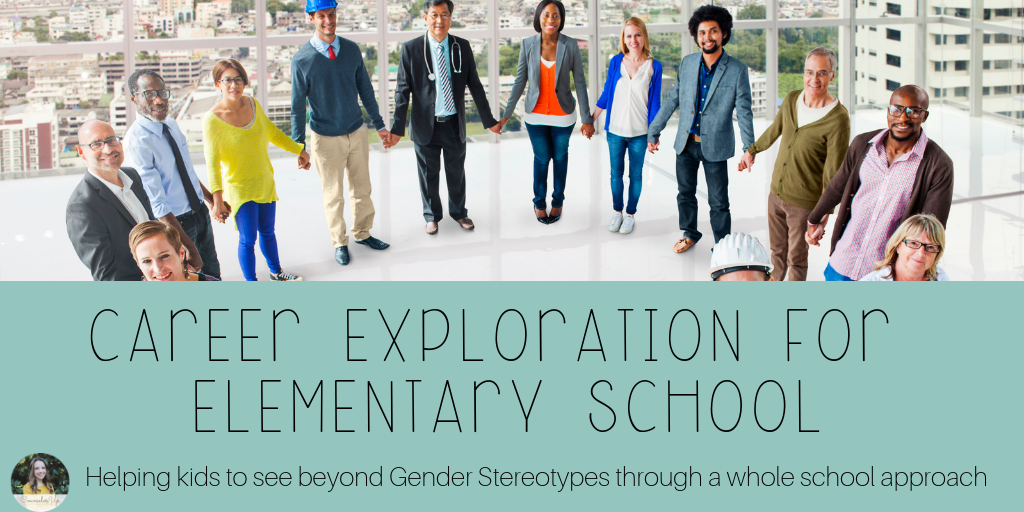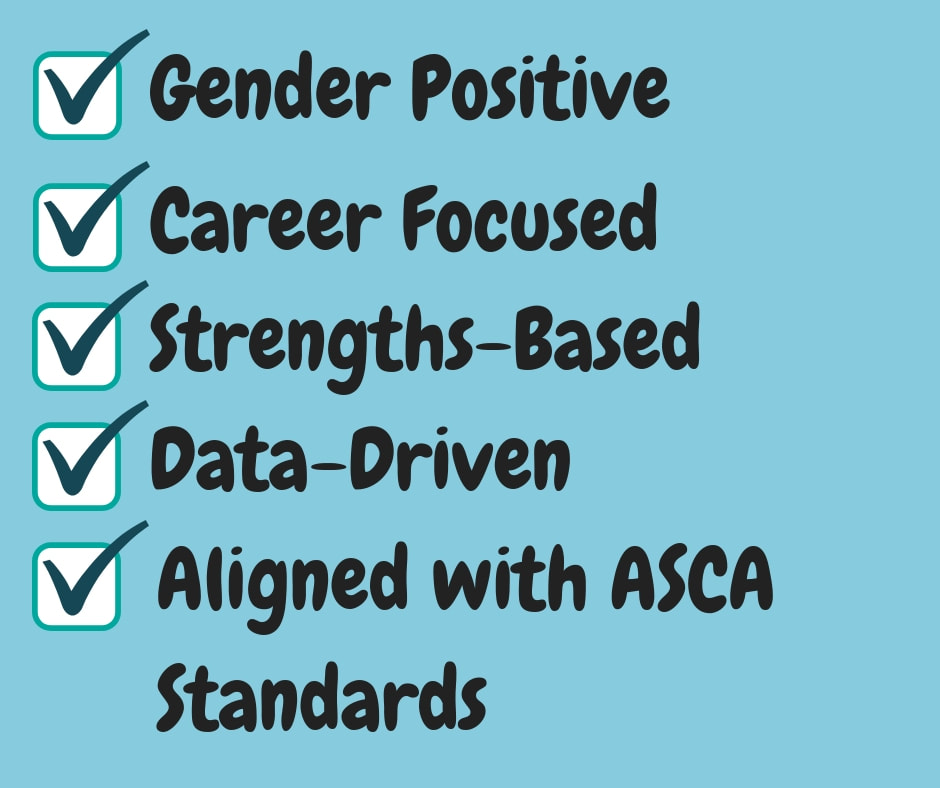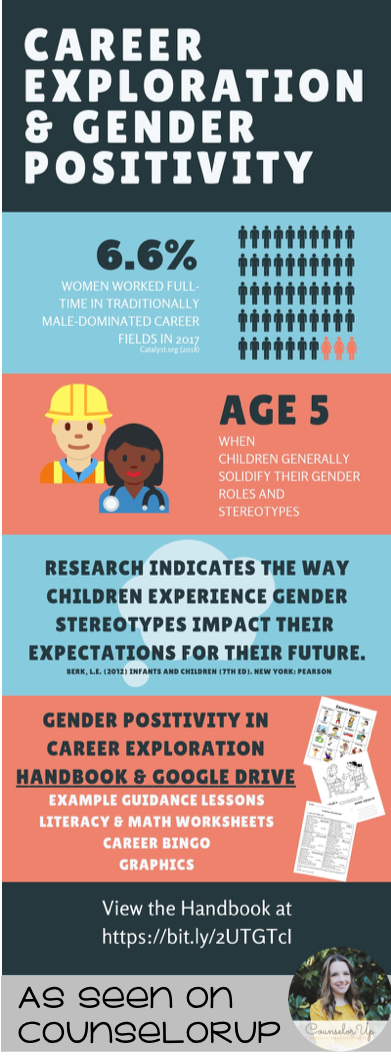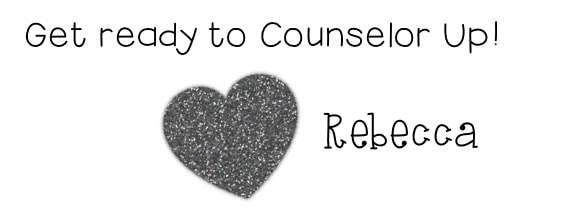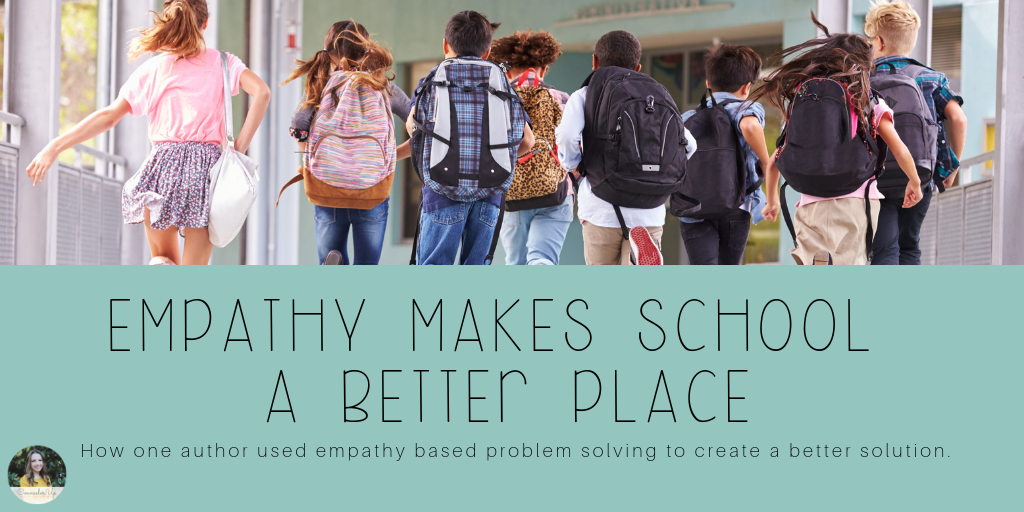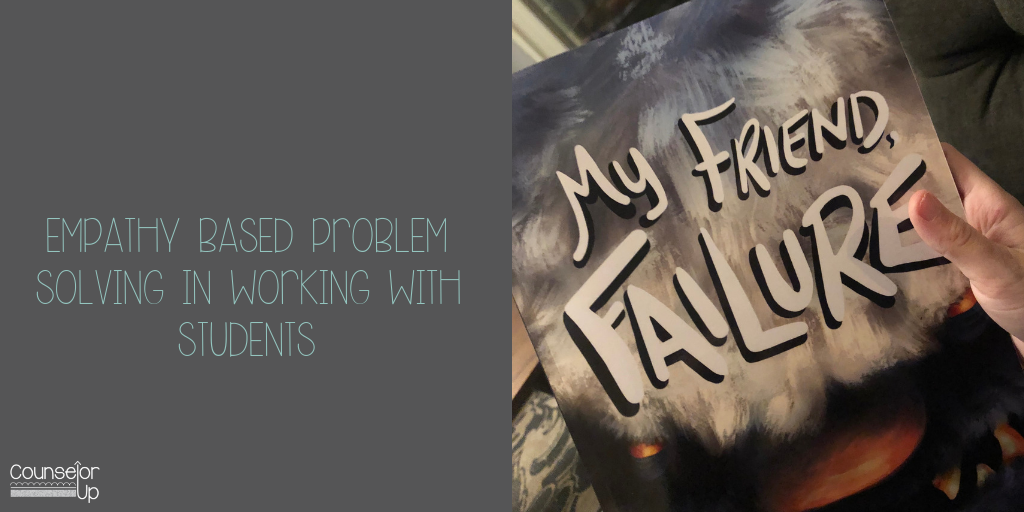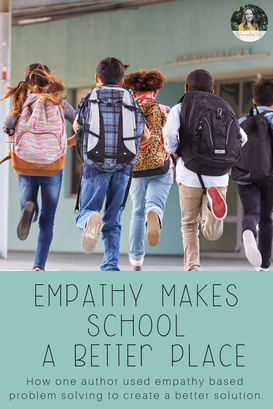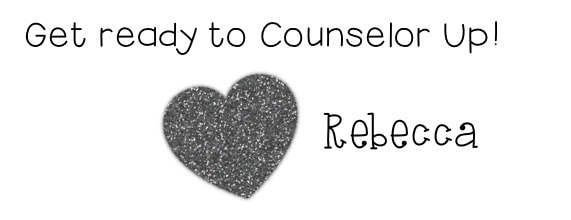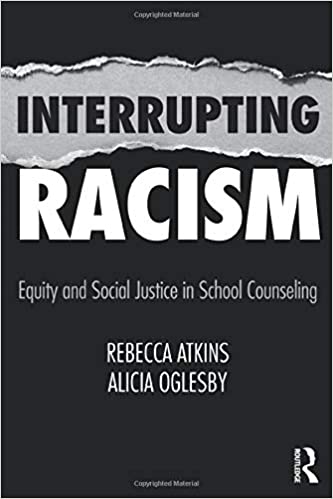What's Included:
- This Planner belongs to... page
- Color coded calendar at a glance
- Program Goals Page
- 6 curriculum pages
- 2 Group Plan pages
- Weekly Schedule and To Do list Pages July 2021-June 2022
- 6 Individual Counseling Log pages
- Lined Notes Pages
- Unlined Notes Pages
- Quote Pages for Coloring
- Printing Instructions
Note: This product (and post) have been updated for the 2020-21 school year. This year, I've hole punched in a note book, I've also printed printed in a spiral notebook before as well. It's super easy to upload on a website like Staples or Office Depot and have it printed. It usually costs my about $15 depending on what options I use and coupons I find. I've included printing instructions in the materials as well. Best of all, you upload one document and it does it all for you!
I've also included the color "codable" year at a glance calendar. Color the circles to correspond to workdays, vacations, early releases, etc. Click on the photo below to download the freebie!
Go ahead and purchase the planner today so that you can start off the year organized! If you'd like, I've also created monthly pages (free) and daily pages ($2).

